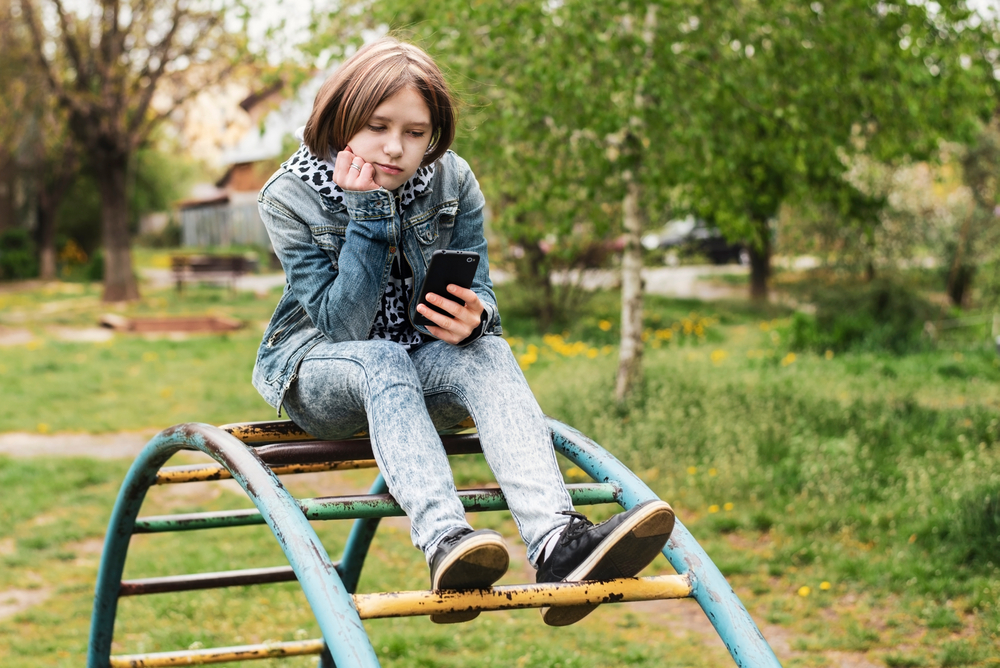
Marian Fil/Shutterstock
.
As a college student, I experienced a devastating hurricane and most of my town was flooded. I remember this experience as being scary, filled with loss and extremely traumatic — on top of the trauma of being homeless. As I navigate my current professional role supporting students who are homeless during the COVID-19 pandemic, I’ve been reflecting on my experiences as a student.

Jordyn Roark
While there are many similarities between hurricanes and the COVID-19 pandemic, there is one stark difference. As a society, we had the technology to track the hurricane. We knew when it would hit and when it would end. We couldn’t predict the extent of the damage it would cause, but we could at least hold fast to the mantra of “this too shall pass.” There was a date on which we expected to see the sun again. COVID-19 is like an untraceable hurricane.
Homelessness is already a traumatic experience for a young person. The upheaval caused by this outbreak only deepens that trauma. While confronting the tremendous uncertainty of when and how this will end, I have been asking myself, “How do we best support our students amidst the unknown?” Like many, I have been doing my best to navigate this unfamiliar territory day by day.
In just a few weeks, I’ve learned a lot. What’s important is that we balance the immediate, short-term needs of students like food, shelter and internet access while providing mental and emotional support to address the long-term impacts on children and youth.
I’d like to share some of the strategies I’ve used to support our organization’s scholars — students and young leaders who have experienced homelessness, and whose education we support through scholarships. I hope it will help others, and begin to build a foundation for best practices in the midst of this pandemic.
Five Ways to Take Care
- Reach out early. Our first goal is to meet the immediate, basic needs of our scholars and young leaders. When the outbreak first started, we reached out to these students individually through text. Looking back, this initial contact was critical, not just for meeting basic needs, but for opening the lines of communication. As a result, our students felt comfortable reaching out as the outbreak progressed, and we’ve been able to immediately meet new needs as they arise.
- Provide stipends to students across the board, if possible. We felt it was critical to provide financial stipends to all our current scholars via PayPal, an online money transfer system. Even if students hadn’t lost jobs or had other urgent circumstances, they likely would be spending additional money on groceries, gas and other costs associated with social distancing. Like most nonprofits, we don’t have a line item for “global pandemic.” We have cash on hand to cover the costs, and we’ll figure out how to adjust our budget later; our scholars need us now.
- Prioritize mental health. While COVID-19 is stressful for everyone, it can be especially traumatic to young people who have or are experiencing homelessness, and who have had previous traumatic experiences. As one of our young leaders said in our Facebook group, “I appreciate the space to vent with others who understand the panic feeling you get when you can’t work because you remember exactly where that road can lead.” In a crisis, it can be easy to focus solely on physical needs that are undoubtedly critical; however, to best support students, it’s equally critical to focus on social and emotional well-being. This is the foundation for the human ability to cope, and mental health impacts physical health. I’ve also been scheduling one-on-one calls with our scholars to talk about whatever they want. Media coverage of COVID-19 is pervasive, and it can make the situation feel even more overwhelming.
- Offer employment when possible. After social distancing procedures went into place, one of our scholars shared that they felt lost because they weren’t able to engage in meaningful work. In response, we drafted a paid contract that allowed the student to customize the projects they would complete. In this way, we ensured that the work was of interest to the student and gave them additional financial security, while also meeting their social and emotional needs.
- Lastly, if you can do nothing else, recognize and validate the difficult experiences of our students. Resources and capacity to serve students vary. However, what we can all do, collectively, is validate students and recognize that their experiences are difficult, and may trigger responses from past traumas. It is critical that we build and provide safe spaces where students can reach out to receive guidance, emotional and physiological support, and escape from the day-to-day influx of information.
Jordyn Roark is the director of youth leadership and scholarships at SchoolHouse Connection, a national nonprofit organization working to overcome homelessness through education. For the last five years, Roark has dedicated both her personal and professional work to increasing access to higher education for students experiencing homelessness.





























